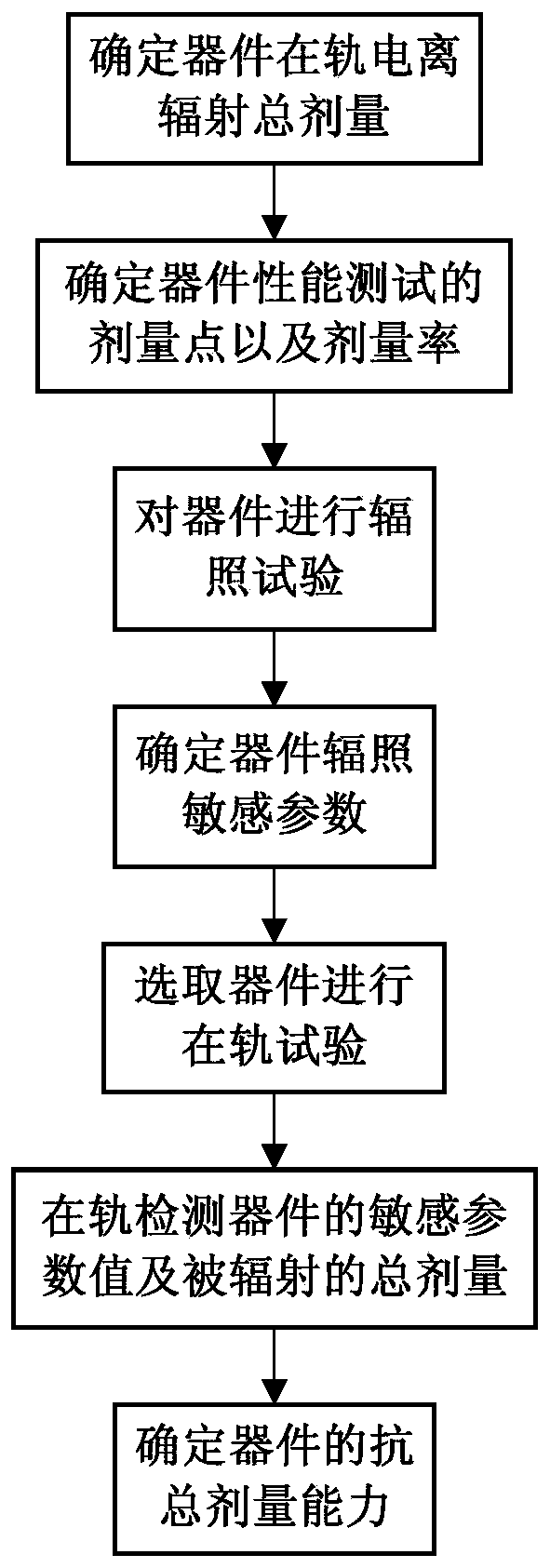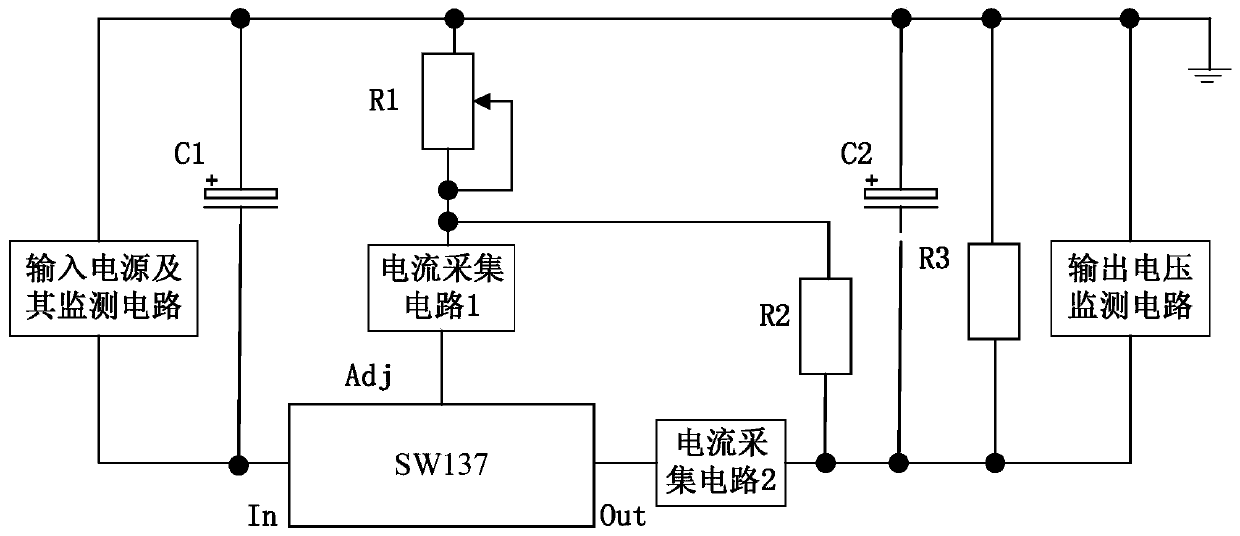A Method for Determining Total Dose Resistance Capability of Devices Combining Ground and On-orbit Environments
A technology of anti-total dose and determination method, which is applied in the direction of environment/reliability testing, instrumentation, measuring electricity, etc., to achieve accurate results
- Summary
- Abstract
- Description
- Claims
- Application Information
AI Technical Summary
Problems solved by technology
Method used
Image
Examples
Embodiment
[0082] In the example of the present invention, a certain spacecraft is taken as an example. Its orbit type is sun-synchronous orbit, the average orbit height is 800 kilometers, the design life is 3 years, and the operating time in orbit is the year of high solar activity. The equivalent thickness of the spacecraft structural plate is 2mm, and the equivalent aluminum thickness of the electronic equipment shell where the device is located is 2.5mm, that is, the total equivalent aluminum shielding thickness is 4.5mm. According to the radiation dose-depth relationship table (as shown in Table 1), the captured electron dose D was determined respectively e 6.48×10 2 rad(Si), bremsstrahlung dose D b 2.25×10 1 rad(Si), captured proton dose D p 6.93×10 2 rad(Si), solar flare proton dose D s-p 1.01×10 2 rad(Si).
[0083] Table 1 Particle-induced radiation dose-depth relationship in the sun-synchronous orbit at an altitude of 800 km (3 years, year with high solar activity)
[00...
PUM
 Login to View More
Login to View More Abstract
Description
Claims
Application Information
 Login to View More
Login to View More - R&D
- Intellectual Property
- Life Sciences
- Materials
- Tech Scout
- Unparalleled Data Quality
- Higher Quality Content
- 60% Fewer Hallucinations
Browse by: Latest US Patents, China's latest patents, Technical Efficacy Thesaurus, Application Domain, Technology Topic, Popular Technical Reports.
© 2025 PatSnap. All rights reserved.Legal|Privacy policy|Modern Slavery Act Transparency Statement|Sitemap|About US| Contact US: help@patsnap.com



